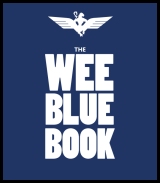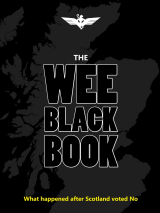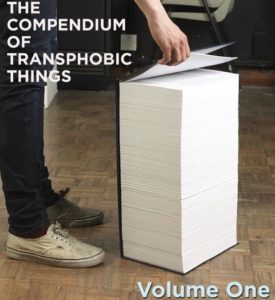How to win independence with one picture 45
The official launch of the Yes campaign for the independence referendum takes place tomorrow. We imagine it’ll be a substantial and considered affair. But what it will amount to over the next two years is nothing more and nothing less than the image below. Obviously we can’t do art for toffee, but you get the general idea.
We’ve gone on at some length on this blog (and elsewhere) about how the referendum isn’t for deciding whether Scotland is a republic or a monarchy, whether we’re in or out of NATO/the EU, whether we use the Euro or the Pound or something else entirely, how many ships we need in our navy, which taxes we’ll raise and/or cut, or any of the rest of it. The purpose of the referendum is to decide one thing and one thing only: who elects the future governments of Scotland.
The five counties of South-East England (Kent, Sussex, Surrey, Essex and Greater London) are home to just under 14 million people, compared to the fractionally over 5 million of Scotland. Even if we take Greater London out of the equation, the other four still add up to a population a million higher than Scotland’s.
Those four counties voted so overwhelmingly Conservative in the 2010 general election that they returned 62 Tory MPs from 66 seats – enough Tories alone to outvote the entire bloc of Scottish MPs of all parties (which will soon be even smaller, falling from 59 to just 52). Greater London, despite its large concentration of extremely poor urban areas, still returned another 28 Tories, along with 38 Labour and 7 Lib Dems.
So in the South-East as a whole, even including the huge relative Labour stronghold of London, that’s 90 Tories to 38 Labour, plus 11 others – an overwhelming majority of almost two to one even if you count everyone else as anti-Tory. (If you count the Lib Dems alongside their coalition partners, it’s an even more terrifying 100 to 39.)
But really, the picture tells the story for itself. A small, overwhelmingly Tory corner of England vastly outmuscles the whole of Scotland when it comes to deciding the UK government. (The dark shaded area supplies almost a quarter of all the MPs in the Commons.) We can either face the reality that we get whatever government Kent and Sussex and Essex and Surrey want, or we can choose our own. However much the desperate Unionists try to muddy the waters, it really is as simple as that.


























